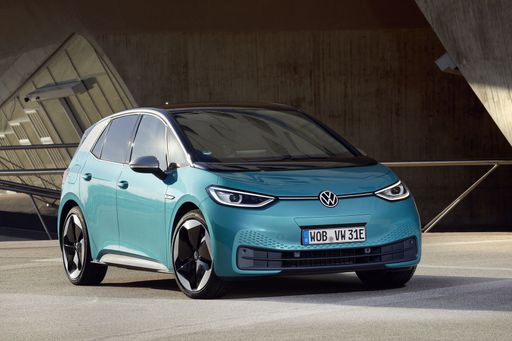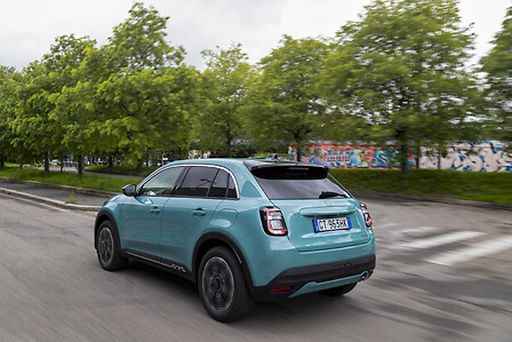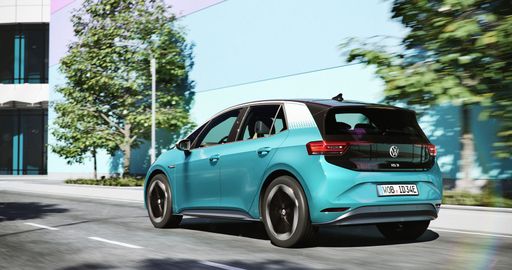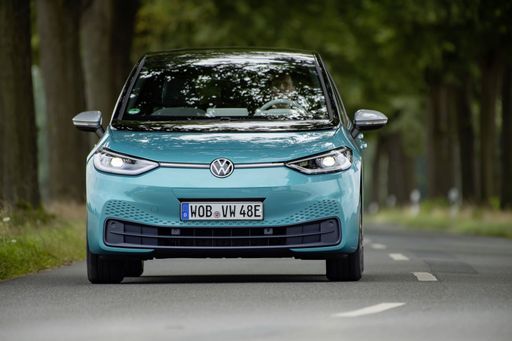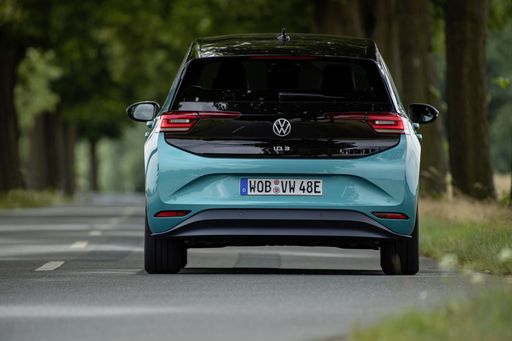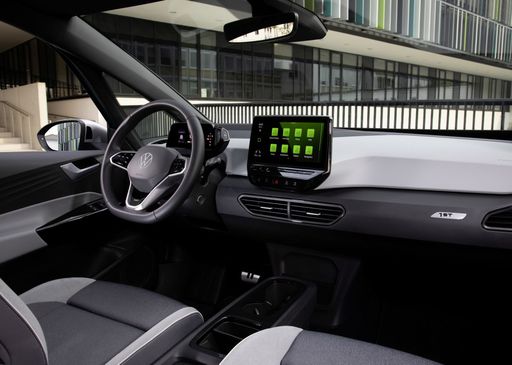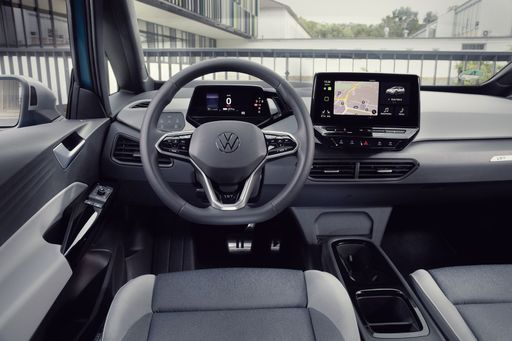The Battle of Sustainability: Fiat 600 vs VW ID.3
The automobile industry is amidst a significant transformation as car manufacturers pivot toward sustainability and advanced technology. In this scenario, the Fiat 600 and VW ID.3 stand out. How do these models stack up against each other? Let's dive into the technical aspects and innovations behind these vehicles.

